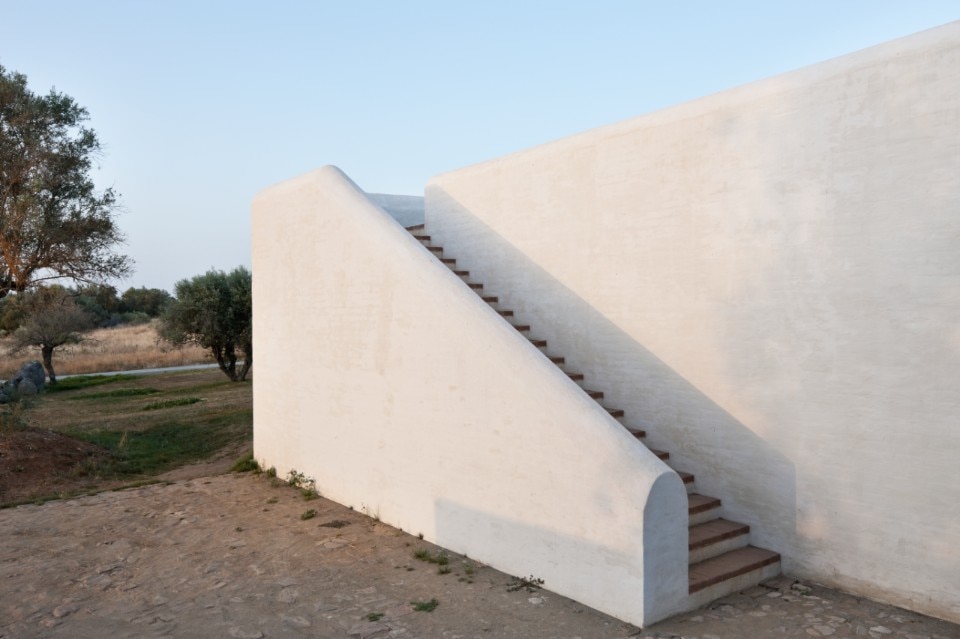The current times we are living in are very different from those when these two masters of design were to the fore. The 1980s, in particular, when Kuramata and Sottsass cultivated their friendship, was a golden age for Japan, which aspired to being the number one nation in the world. A time when the economic miracle of the Rising Sun prompted people to take an interest in the quality of life and in design. Thirty years on, the widespread use of information technology and the Internet as too the lesson taught by globalisation are making us wonder "What is design?"once again.


The exhibition shows the greatness of these two designers, who never pursued success or riches



Exhibition Director: Yasuko Seki
Planning Associates: Mieko Kuramata, Barbara Radice Sottsass, Takao Ishimaru,Tomohiko Mihoya, Mitsumasa Fujitsuka
Exhibition Space Design: Yasuo Kondo and Hisae Igarashi
Graphic Design: Tamotsu Yagi
Date: 2.2.2011 – 5.8.2011
Venue: 21_21 Design Sight (Tokyo Midtown Garden), 9-7-6 Akasaka Minato-ku, Tokyo JAPAN
Organized by: 21_21 Design Sight, The Miyake Issey Foundation

A prize for architecture between lights and volumes: LFA Award
An international photography competition that invites photographers worldwide to capture the essence of contemporary architecture. Inspired by the work of the famous Portuguese photographer Luis Ferreira Alves, the award seeks images that explore the dialogue between man and space.



